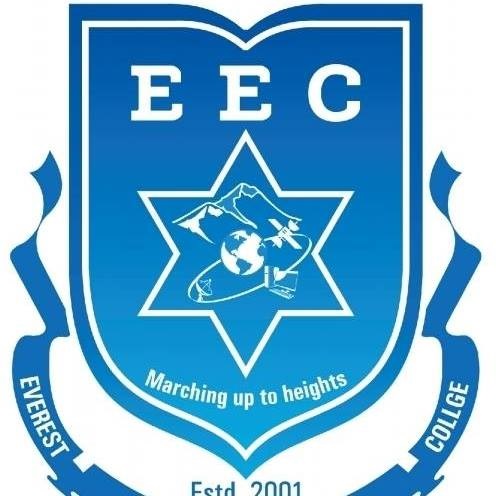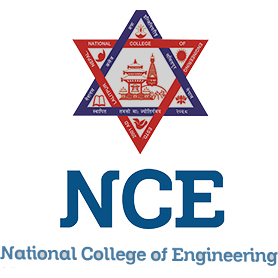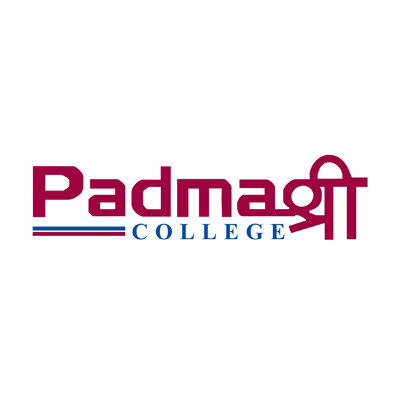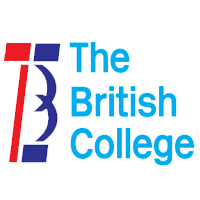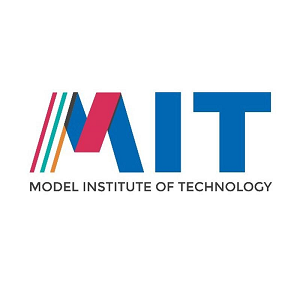Overview
BE Civil at Kathford College, Balkumari, Lalitpur (TU–IOE, 4 years)
BE Civil at Kathford College in Balkumari, Lalitpur, follows Tribhuvan University’s Institute of Engineering (IOE) framework. The program serves students who want a clear path into civil engineering in Nepal through a tested curriculum and semester-wise evaluation.
You study core areas such as structures, materials, surveying, hydraulics, water supply and sanitation, transportation systems, geotechnical fundamentals, and project planning. The college context helps you translate theory into measured drawings, lab records, and site-based reflections.
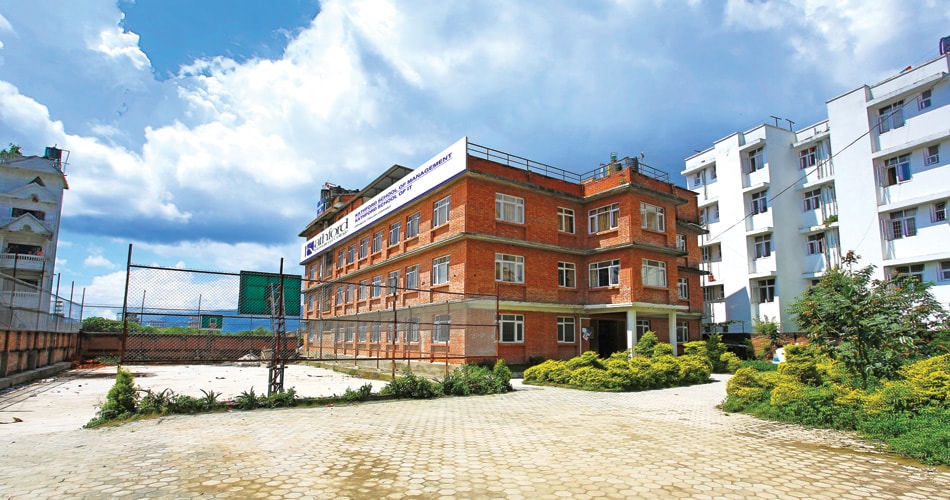
Affiliation: TU–IOE
Location: Balkumari, Lalitpur
Duration: 4 years (8 semesters)
Admission route: IOE entrance (merit based)
Highlights
-
Curricular authority: IOE sets the syllabus, credits, and exam structure for BE Civil.
-
Practice focus: Survey practice, structural labs, material testing, hydraulics experiments, and mini field tasks.
-
Evidence-based learning: Drawings, lab sheets, calculation files, and small design notes that build a portfolio.
Curriculum Details
Early semesters build foundations in engineering mathematics, applied physics, engineering drawing, and workshop practice. Students then move into surveying, basic geology, strength of materials, and fluid mechanics.
Middle semesters cover structural analysis, concrete technology, soil mechanics, hydrology, transportation engineering, and environmental engineering. Students run tests such as sieve analysis, slump tests, Atterberg limits, and simple flow measurements.
Final semesters usually include design of RCC and steel elements, highway engineering, water supply and sanitation planning, irrigation basics, and project management. A capstone-style project and viva help you connect calculations to drawings, codes, and estimates.
Objectives
-
Develop structural sense through analysis, member checks, and material choice grounded in codes.
-
Build measurement habits in surveying, lab work, and site notes that are fit for audit or review.
-
Strengthen water and transport literacy so students can discuss capacity, flows, safety, and upkeep.
-
Prepare for entry roles that require documentation, supervision, and coordination on worksites.
Scope
Graduates step into consulting firms, contractor offices, and government-linked projects. Entry work includes drafting, bar bending schedules, quantity estimation, site supervision, lab assistance, and basic QA documentation. Students who enjoy hydraulics and environmental topics often move toward water or sanitation units, while others follow structures and roads.
Learning Outcomes
-
Survey and measurement: Produce level books, traverse adjustments, and maps with clear legends.
-
Material and soil testing: Conduct standard tests, interpret results, and write concise lab reports.
-
Structural checks: Carry out member design steps and record assumptions for review.
-
Hydraulics and water: Calculate head losses, read pump curves, and outline simple network loops.
-
Road and traffic basics: Prepare chainages, cross-sections, and short safety notes for work zones.
-
Project documentation: Compile drawings, quantities, estimates, and a final submission that others can follow.
Skill Development Modules
-
Drawing and drafting: Orthographic views, sections, detailing, and revision control.
-
Surveying tools: Levels, total station basics, error checks, and short field books.
-
Materials and concreting: Mix proportions, workability checks, curing records, and cube tests.
-
Geotechnical notes: Index properties, compaction, shear strength basics, and foundation hints.
-
Hydraulics practice: Pipe friction tasks, open channel examples, and small lab setups.
-
Transportation tasks: Pavement layers, traffic counts, geometric elements, and checklists.
-
Contracts and estimates: Rate analysis snapshots, tender clauses, and measurement books.
Teaching Methodology
Faculty run lecture-plus-practical sessions. Labs follow a standard cycle: aim, apparatus, method, readings, and inference. Field tasks use small teams to collect data and prepare maps or reports. Internal evaluation rewards punctual submissions and clarity of calculations and drawings. TU examinations conclude each semester under IOE rules.
Admission Requirements
-
Eligibility: IOE criteria for BE entry (10+2 Science or equivalent with required subjects and grades).
-
Entrance: IOE computer-based test (CBT) is mandatory.
-
Selection: Merit-based placement subject to seat availability and campus procedures.
-
Documents: Academic transcripts, ID, photographs, admit card and result sheet, and completed forms.
Career Opportunities
-
Consulting offices: Drafting, estimation, documentation, and coordination with seniors.
-
Contracting firms: Site supervision, measurement books, DPR support, and safety logs.
-
Labs and QA: Materials testing, soil reports, and compliance checklists.
-
Public works and utilities: Water supply notes, small maintenance plans, and inventory records.
-
Further study: Structural, transportation, water resources, or environmental pathways.
Scholarships and Financial Aid
Scholarship categories are communicated during counseling. Options include entrance-merit routes, semester performance categories, and need-based support. Students should track intake notices for seat counts, forms, and renewal rules.
Why Choose This Course?
BE Civil at Kathford follows TU–IOE standards while giving steady contact with labs, drawings, and short field exercises. Students learn to plan, record, and present work in a way that busy offices can quickly understand. Evidence in files—sketches, calculations, and photos—helps during internships and first roles.
Conclusion
BE Civil at Kathford builds practical literacy for Nepal’s built environment. Careful notes, neat drawings, and consistent lab work create confidence on real projects. Students who stay organized and ask precise questions usually progress well in consulting or site roles.
FAQ
Is the IOE entrance compulsory for BE Civil?
Yes. IOE conducts the entrance, and admission depends on merit lists.
How many semesters are there?
Eight semesters across four years.
Do students visit sites?
Short visits and field tasks occur under faculty guidance whenever feasible.
Is there a final project?
Yes. A project and viva connect drawings, estimates, and code references.
Which tools should students learn early?
Drafting basics, spreadsheet use, and tidy field books help from the first term.
Contact Kathford International College of Engineering and Management's administrative office for detailed information on the Bachelor of Civil Engineering course, including fees, scholarships, facilities, counseling, eligibility criteria, etc.



